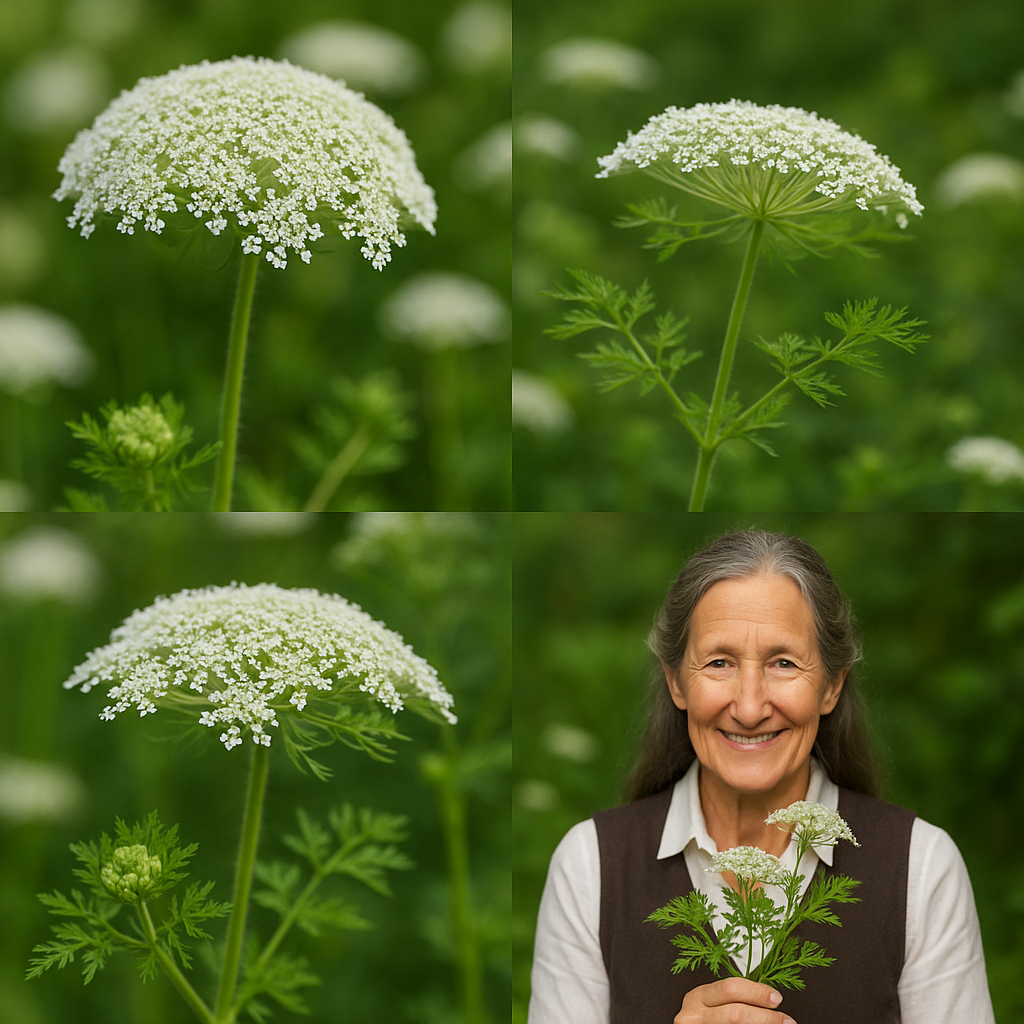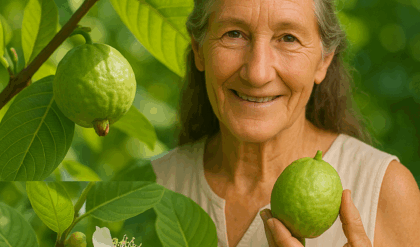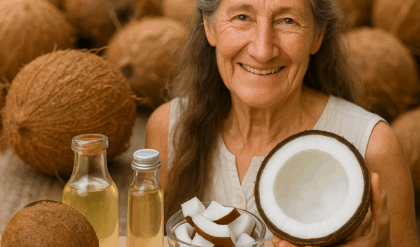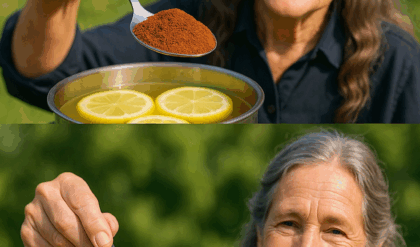Poison Hemlock (Conium maculatum) might look like a delicate wildflower, but this plant is one of the most toxic herbs in the natural world. Common in roadsides, meadows, and disturbed lands, its resemblance to edible or harmless plants like wild carrots or parsley makes it especially dangerous. Whether you’re a gardener, pet owner, or outdoor enthusiast, learning to identify and avoid this plant is critical for safety.

☠️ Why Poison Hemlock Is So Dangerous
Poison Hemlock contains coniine and related alkaloids, which are neurotoxins that paralyze the body’s muscles—starting from the feet and working upwards. Ultimately, this paralysis can lead to respiratory failure and death. Even touching the plant without gloves can be risky, as toxins may be absorbed through the skin.
🚨 Symptoms of Poisoning
If Poison Hemlock is ingested or improperly handled, symptoms may develop within 30 minutes to 3 hours:
- Excessive salivation and sweating
- Vomiting and abdominal pain
- Muscle weakness or twitching
- Tremors or seizures
- Paralysis starting in the lower limbs
- Respiratory difficulty or failure
Immediate emergency care is required. There is no antidote—only supportive care like ventilation and close monitoring.
🌿 How to Identify Poison Hemlock
1. Stem
- Hollow, smooth, and marked with purple blotches
- No hairs on the stem (unlike Queen Anne’s lace)
2. Leaves
- Finely divided and lacy, resembling parsley or carrot tops
- Emit an unpleasant, musty odor when crushed
3. Flowers
- Small, white blooms in umbrella-shaped clusters
- Similar in appearance to other Apiaceae family plants
4. Size and Habitat
- Grows up to 6–10 feet tall
- Thrives in moist, disturbed soils: ditches, fence lines, pastures, riversides
⚠️ Common Look-Alikes (Know the Difference!)
| Plant | Distinguishing Feature |
|---|---|
| Queen Anne’s Lace (Daucus carota) | Hairy stem, single dark floret in flower center |
| Cow Parsnip (Heracleum maximum) | Much larger leaves, thick fuzzy stem |
| Wild Parsley | No purple blotches, smaller growth habit |
| Water Hemlock (Cicuta spp.) | Another deadly relative, but root is especially toxic |

🧤 How to Handle or Remove Poison Hemlock Safely
If you find this plant on your property:
- Do not burn it – Inhaling the smoke is dangerously toxic
- Wear gloves, goggles, and long sleeves
- Cut the stems at ground level before they flower
- Dispose of carefully in sealed bags—not compost or mulch
- Consider calling a professional invasive species removal team
🐾 Protecting Kids and Pets
Children and pets are especially at risk because:
- It resembles carrots or parsley
- Curious pets may chew the stems or leaves
- Exposure may happen through contact or ingestion of contaminated water or soil
Teach children not to pick unknown wildflowers or “weeds.” Fence off areas where the plant grows until it is professionally removed.
⚰️ The Historical Infamy of Poison Hemlock
Poison Hemlock earned its place in history as the plant used to execute Socrates in ancient Greece. Even today, it’s a subject of toxicological concern across the U.S., Canada, Europe, and Australia due to its ability to kill humans and livestock with even small doses.
🌍 Where It’s Found
Originally native to Europe and North Africa, Poison Hemlock has now naturalized in North America, Australia, and New Zealand. It grows aggressively in:
- Moist meadows
- Streambanks
- Pastures
- Roadsides
- Empty lots
🧪 Final Word of Caution
Poison Hemlock does not lose its toxicity when dried, so mowing, composting, or using it as animal bedding is not safe.
🚫 In Summary
- DO NOT touch or ingest any part of the plant without protection
- Learn to identify it correctly—especially if you forage or garden
- Remove it before flowering to prevent seed spread
- Contact professionals for large or risky infestations
- Educate your family and neighbors about this silent threat





